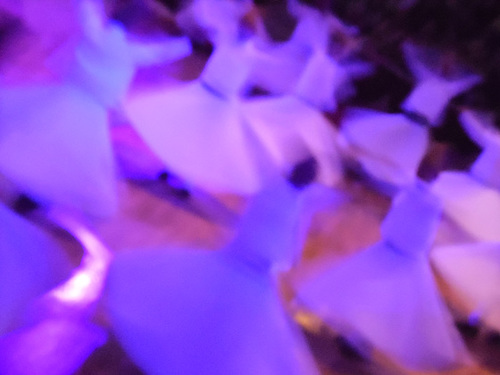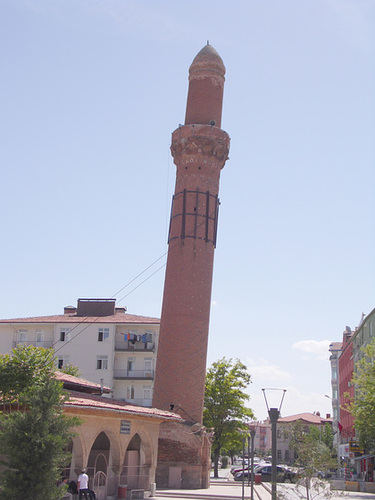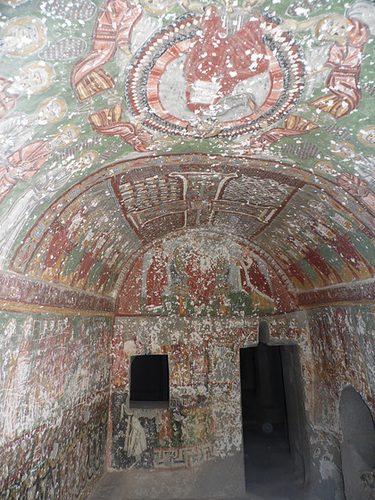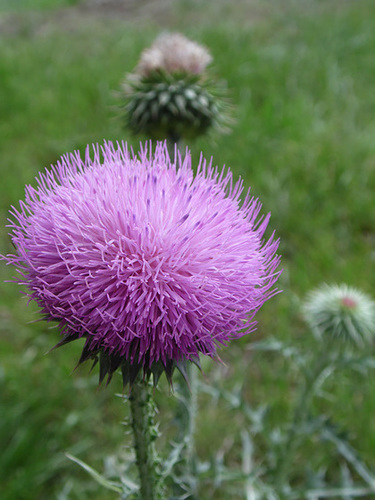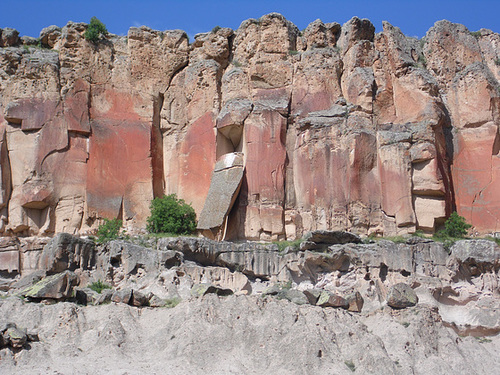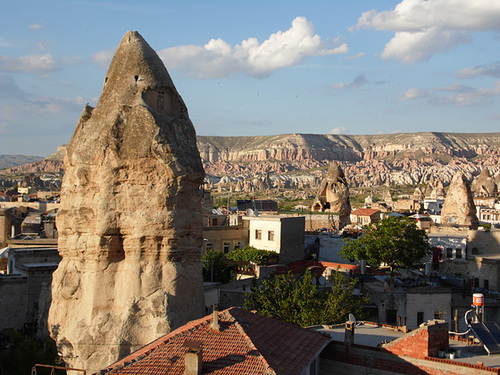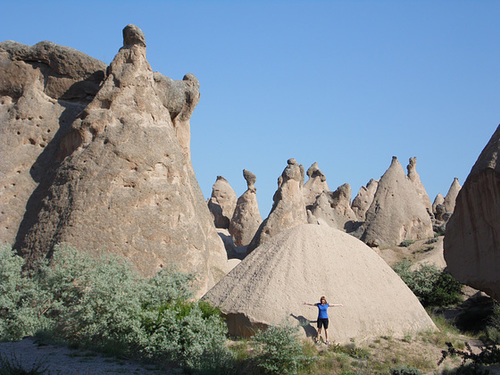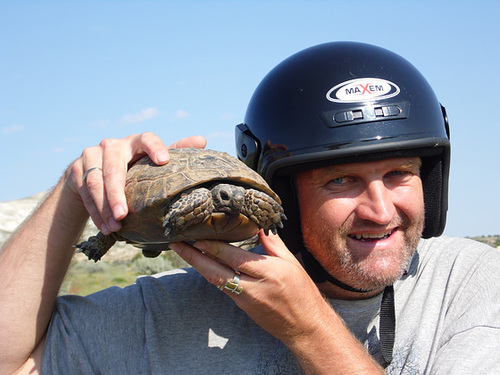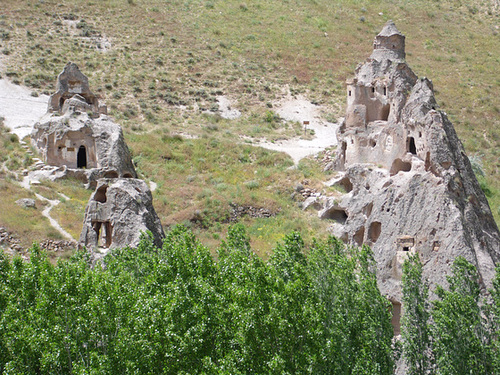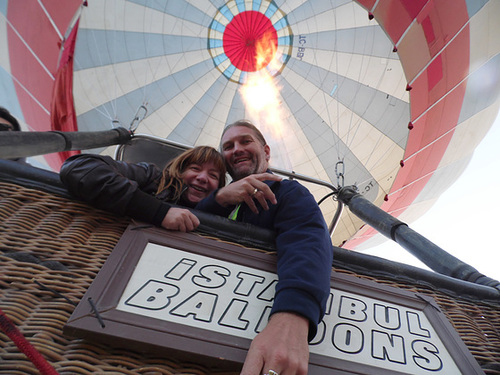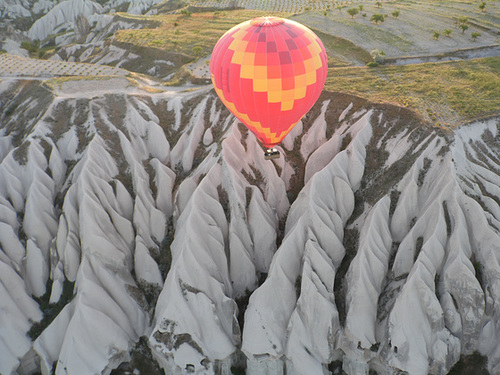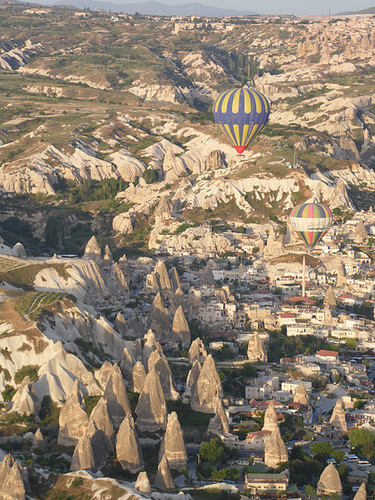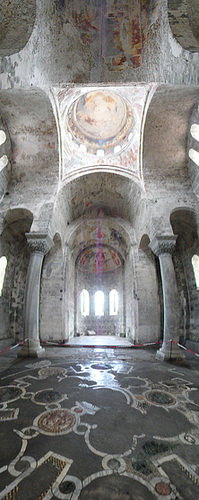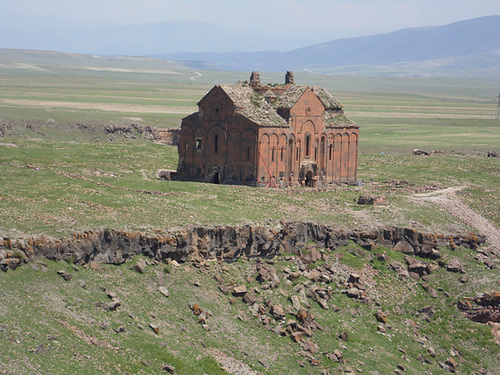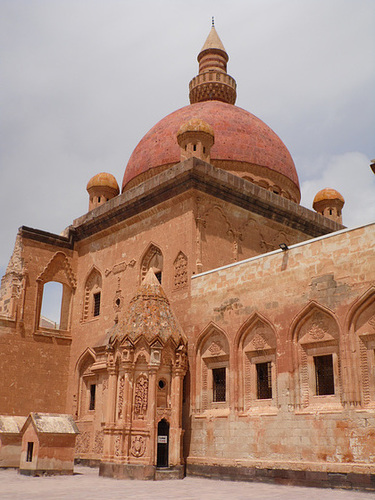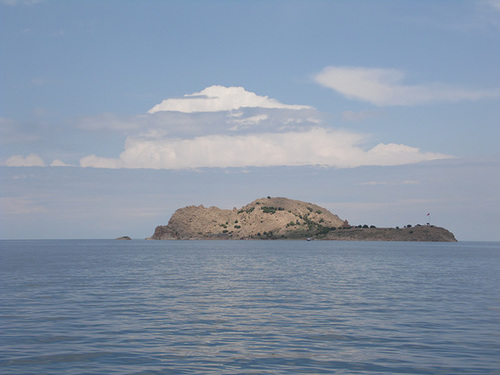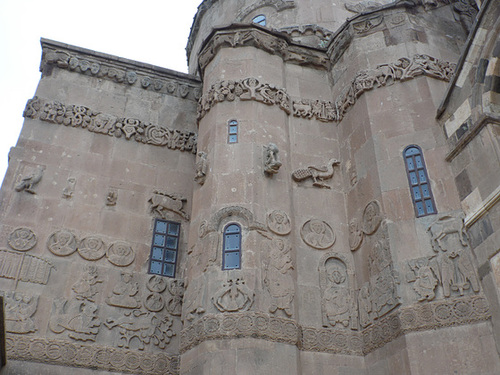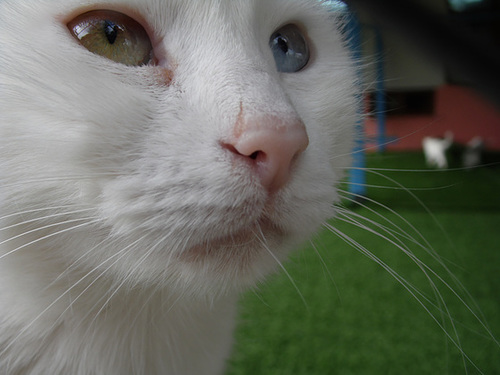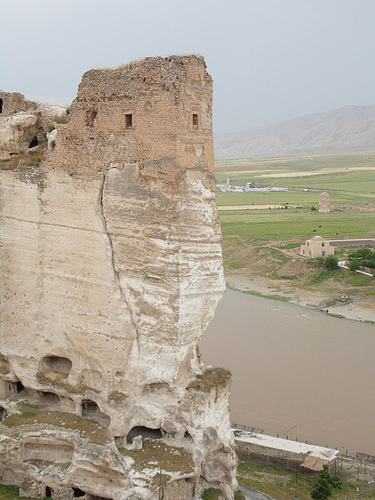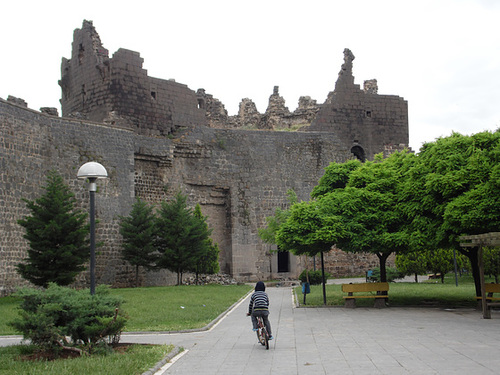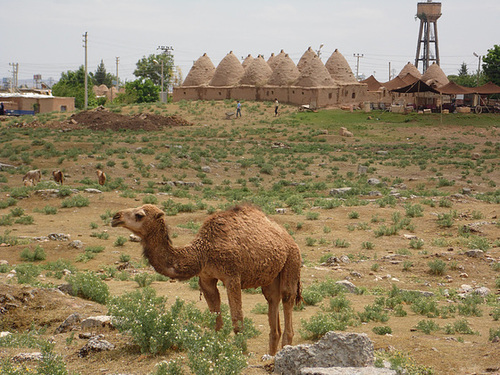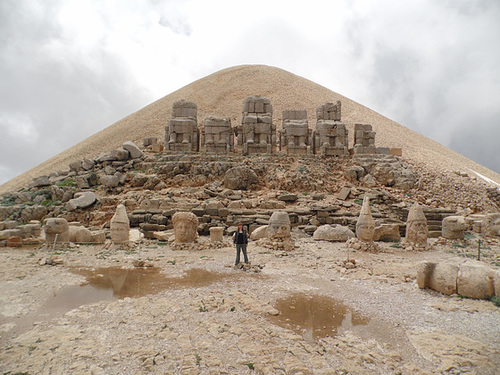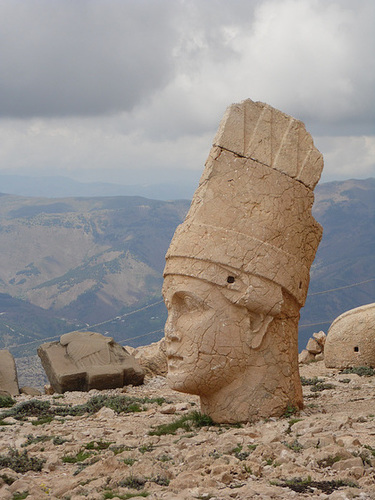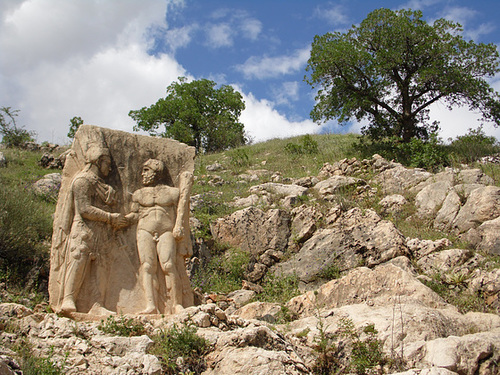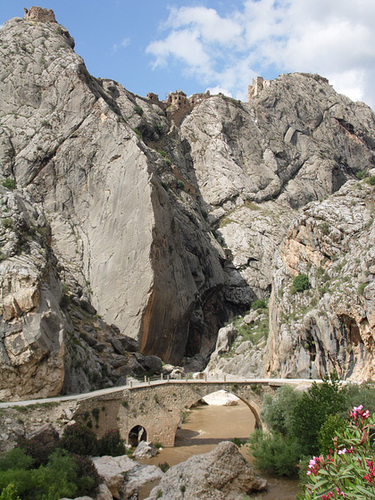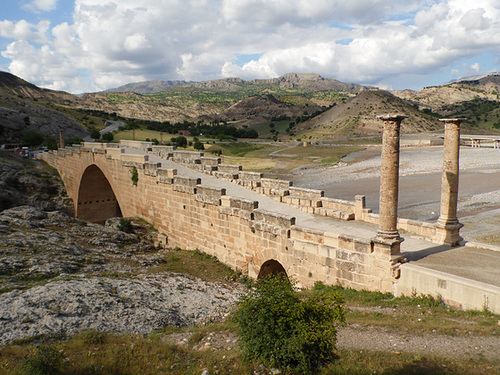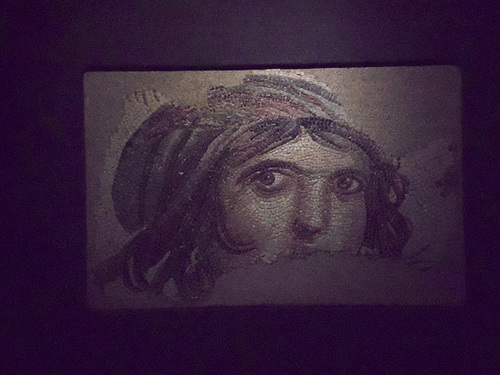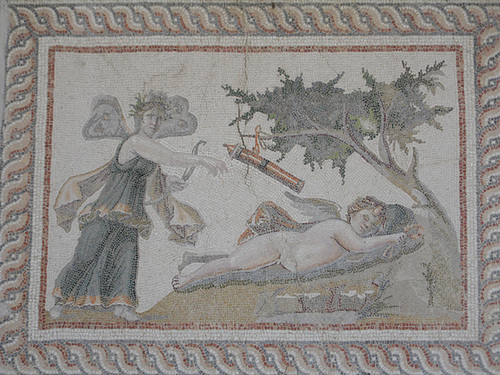24 to 29 May, 2013 – Boğazkale, Hattuşa,Yazılıkaya, Ankara, Safranbolu, Amasra, İnebolu, Sipon, Afyon – (Turkey)
While we do appreciate the lack of crowds that some sights get, it is rather Ironic that we also feel sad that they don't get more visitors, as some of the things that are overlooked by the majority definitely deserve greater attention than they currently get.
For example, the former capital of the Hittite empire, Hattuşa, was devoid of visitors for most of the time we were there. And we did spend quite some time, as we walked the 5 or so kilometre circuit through the main ruins. A couple of tour buses were coming in as we were heading to the gate to leave, and they passed us on the main road soon thereafter. It must have been a very quick visit with only one or two stops – very disappointing for such a place. However, we did enjoy the feeling of having it all to ourselves.
The museum was also well worth a visit, especially combined with a visit to the museum in Ankara the next day, as Ankara's museum holds many Hittite pieces. And while hieroglyphic carvings at Hattuşa indicated a link to the Egyptian empire, some of the tablets found provide fascinating insight in to the connection between the two cultures. There are diplomatic treaties, as well as personal letters from the wife of the Pharaoh of Egypt to the wife of the Hittite Emperor. The cuneiform writing is beautiful to look at closely.
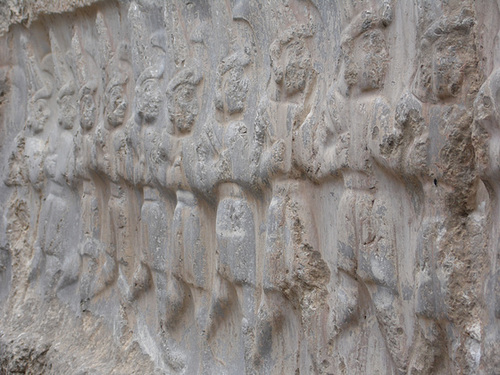
Procession of Hittite Gods
The Hittites had over 1,000 gods. Here are some of them, from the Hittite religious site of Yazılıkaya, near Hattuşa. Lots of gods means a lot of temples, too. After defensive walls with gates and towers, the ruins of Hattuşa are largely dominated by the stone foundations of temples.
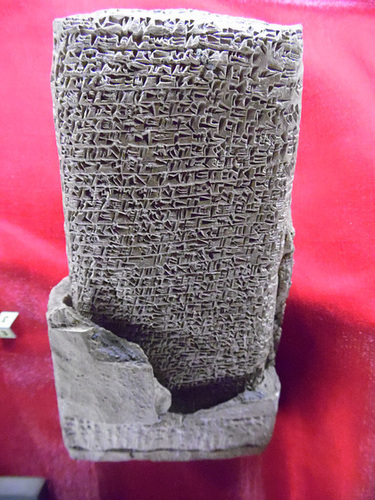
Cuneiform Writing
Hittite writing on a clay tablet, found in the city of Hattuşa. Now in the Ankara Archaeology Museum.
Hiring a car for a couple of days meant we could scoot around the Black Sea coast at our own pace, visiting cute towns that are generally the domain of domestic tourists. It was also an opportunity to appreciate the en-route scenery. It is amazing how differently you look at things through the windscreen of a car as compared to the side window of a bus...

Safranbolu
The mosque and hamam (bath house) of Safranbolu, with some examples of Ottoman period houses. Here, those houses are generally restored and in fine condition, although there are exceptions, and a handful are in quite the state of disrepair.

Pretty Little Amasra
Amasra, on the Black Sea coast, looking across its small protected harbour.
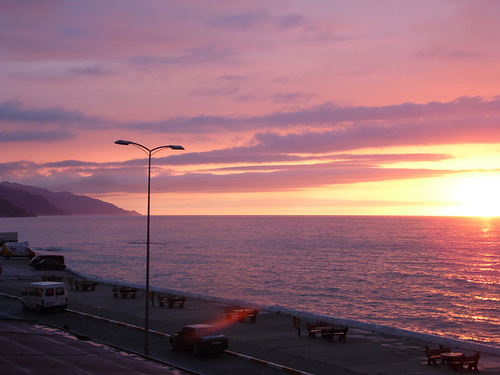
Sunset on the Black Sea
From our balcony in İnebolu.
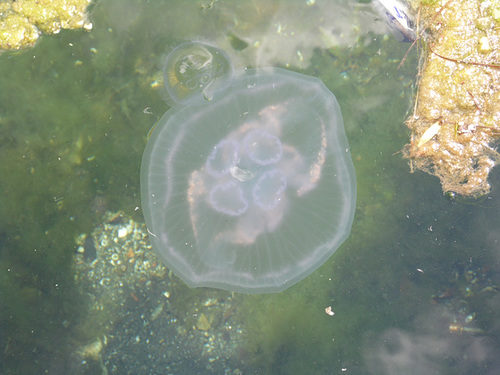
Sea Jelly
Walking along the water front of Sinop on the Turkish Black Sea coast, we were quite surprised at the very large number of sea jellies. They did not appear to be the friendliest of creatures, with some dangerous looking tentacles that potentially packed quite the sting.
On our way west, we stopped at Afyon, a convenient town to break the long journey to the Aegean coast. This may possibly be the last out-of-the-way place we visit for this trip.

Afyon Citadel
Looking from our room to the fantastic citadel of Afyonkarahisar.
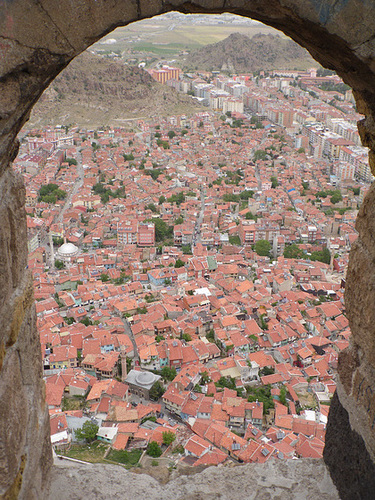
The City of Afyonkarahisar
View from the citadel.
While we do appreciate the lack of crowds that some sights get, it is rather Ironic that we also feel sad that they don't get more visitors, as some of the things that are overlooked by the majority definitely deserve greater attention than they currently get.
For example, the former capital of the Hittite empire, Hattuşa, was devoid of visitors for most of the time we were there. And we did spend quite some time, as we walked the 5 or so kilometre circuit through the main ruins. A couple of tour buses were coming in as we were heading to the gate to leave, and they passed us on the main road soon thereafter. It must have been a very quick visit with only one or two stops – very disappointing for such a place. However, we did enjoy the feeling of having it all to ourselves.
The museum was also well worth a visit, especially combined with a visit to the museum in Ankara the next day, as Ankara's museum holds many Hittite pieces. And while hieroglyphic carvings at Hattuşa indicated a link to the Egyptian empire, some of the tablets found provide fascinating insight in to the connection between the two cultures. There are diplomatic treaties, as well as personal letters from the wife of the Pharaoh of Egypt to the wife of the Hittite Emperor. The cuneiform writing is beautiful to look at closely.

Procession of Hittite Gods
The Hittites had over 1,000 gods. Here are some of them, from the Hittite religious site of Yazılıkaya, near Hattuşa. Lots of gods means a lot of temples, too. After defensive walls with gates and towers, the ruins of Hattuşa are largely dominated by the stone foundations of temples.

Cuneiform Writing
Hittite writing on a clay tablet, found in the city of Hattuşa. Now in the Ankara Archaeology Museum.
Hiring a car for a couple of days meant we could scoot around the Black Sea coast at our own pace, visiting cute towns that are generally the domain of domestic tourists. It was also an opportunity to appreciate the en-route scenery. It is amazing how differently you look at things through the windscreen of a car as compared to the side window of a bus...

Safranbolu
The mosque and hamam (bath house) of Safranbolu, with some examples of Ottoman period houses. Here, those houses are generally restored and in fine condition, although there are exceptions, and a handful are in quite the state of disrepair.

Pretty Little Amasra
Amasra, on the Black Sea coast, looking across its small protected harbour.

Sunset on the Black Sea
From our balcony in İnebolu.

Sea Jelly
Walking along the water front of Sinop on the Turkish Black Sea coast, we were quite surprised at the very large number of sea jellies. They did not appear to be the friendliest of creatures, with some dangerous looking tentacles that potentially packed quite the sting.
On our way west, we stopped at Afyon, a convenient town to break the long journey to the Aegean coast. This may possibly be the last out-of-the-way place we visit for this trip.

Afyon Citadel
Looking from our room to the fantastic citadel of Afyonkarahisar.

The City of Afyonkarahisar
View from the citadel.

